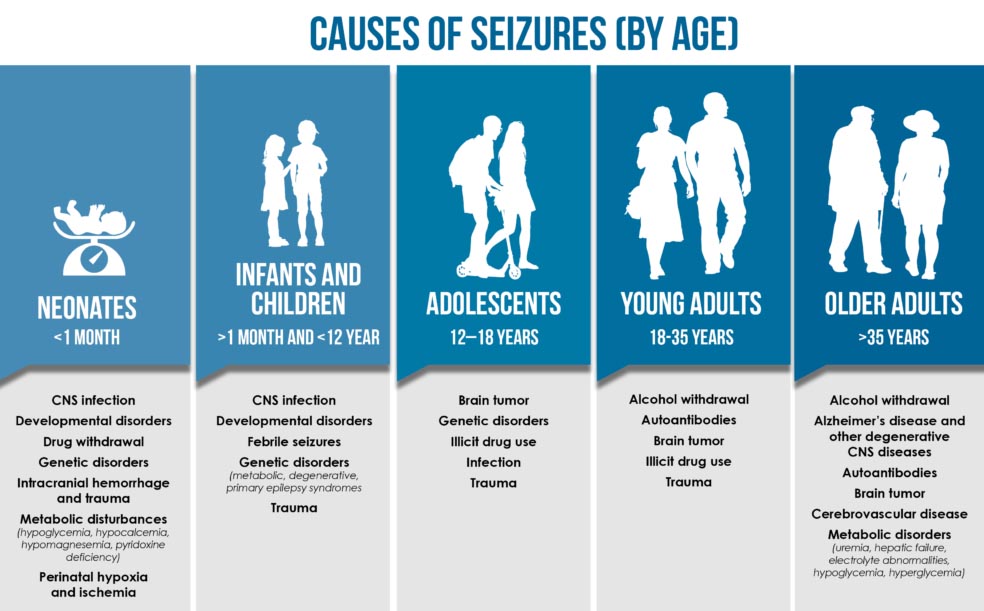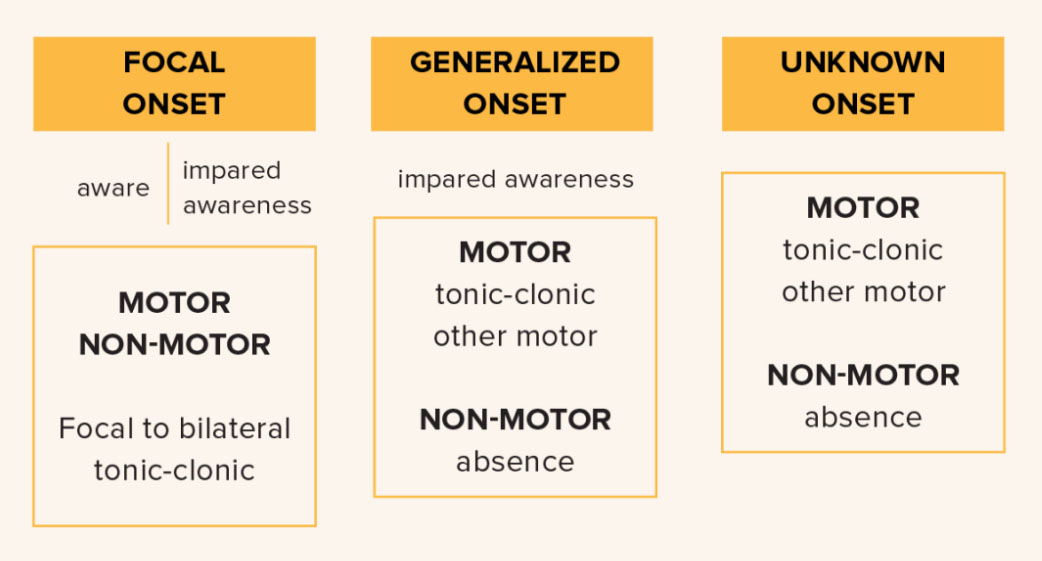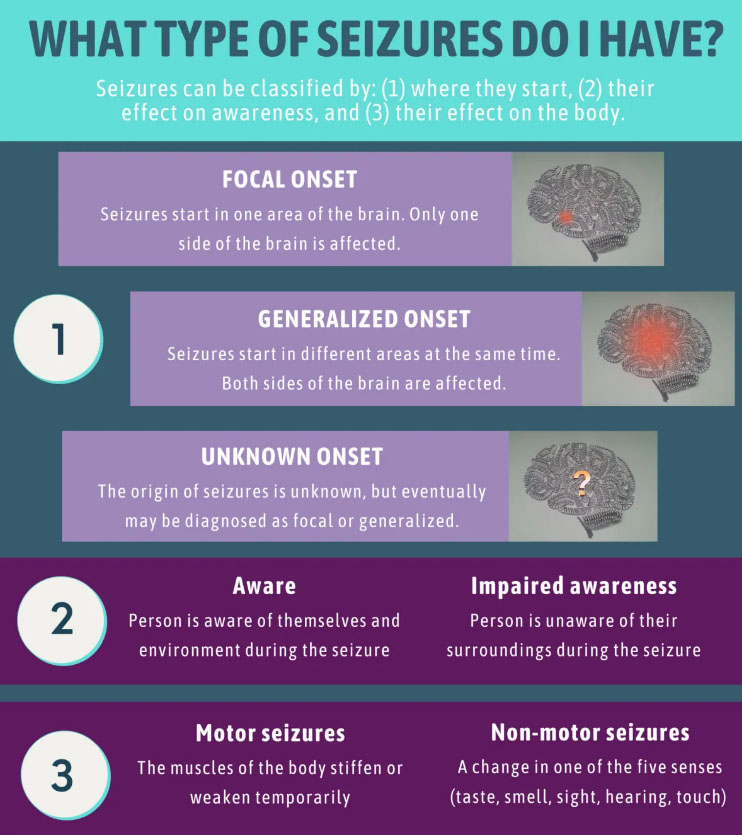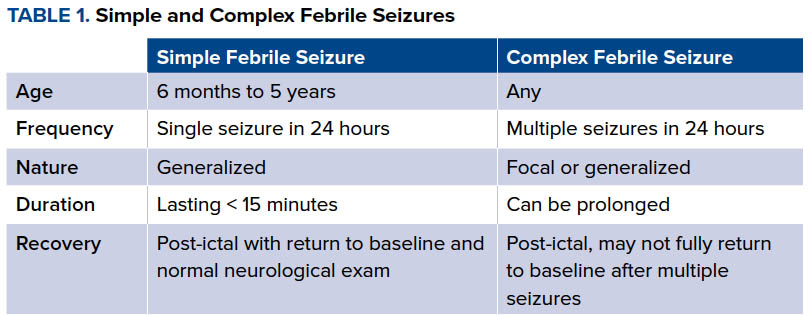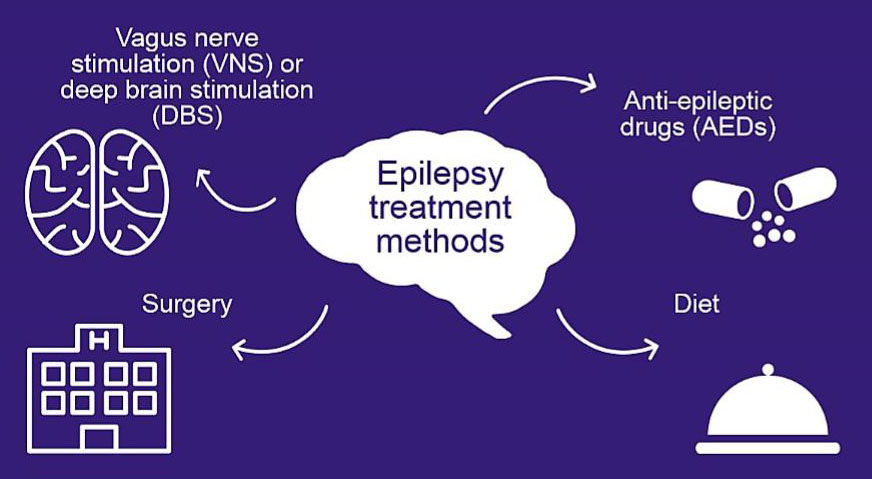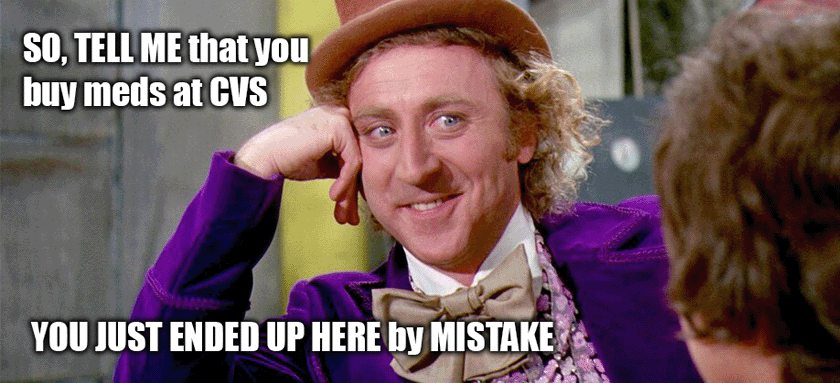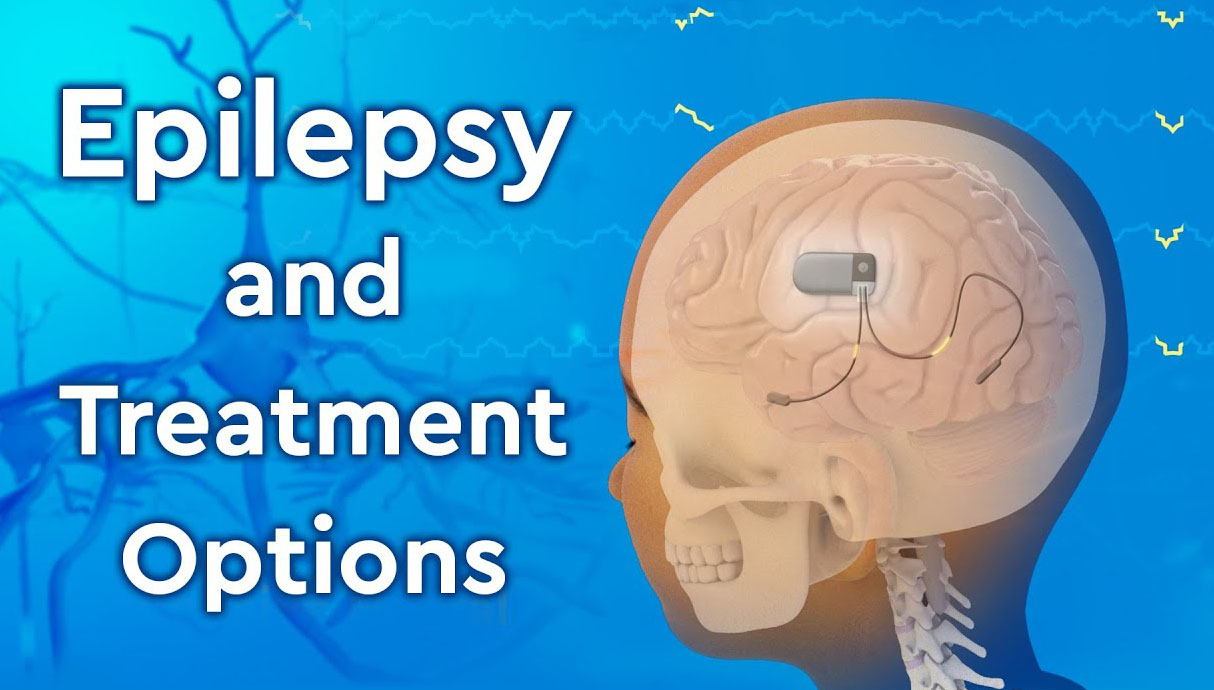
Epilepsy is a brain disorder that causes seizures in children. It is the most common childhood brain disorder. It affects both children and adults throughout the world. It has been found that about 3.5 million children are afflicted by this nervous disorder around the world each year.
Our brain consists of millions of nerve cells that continuously communicate with each other through electrical activity. A seizure occurs when some part of the brain has sudden surges of electrical activity. A seizure can occur due to anything that disturbs the communication system between nerve cells in the brain.
Causes
Epilepsy occurs due to an abnormal electrical signal in the brain. This nervous disorder dramatically affects a child’s life, including the child’s development, socializing ability, care, and care.
The following are the causes of such seizures in infants and newborns:
- congenital problem
- birth trauma
- fever, Infection
- metabolic imbalances in the body
The causes of epilepsy in children and young adults include:
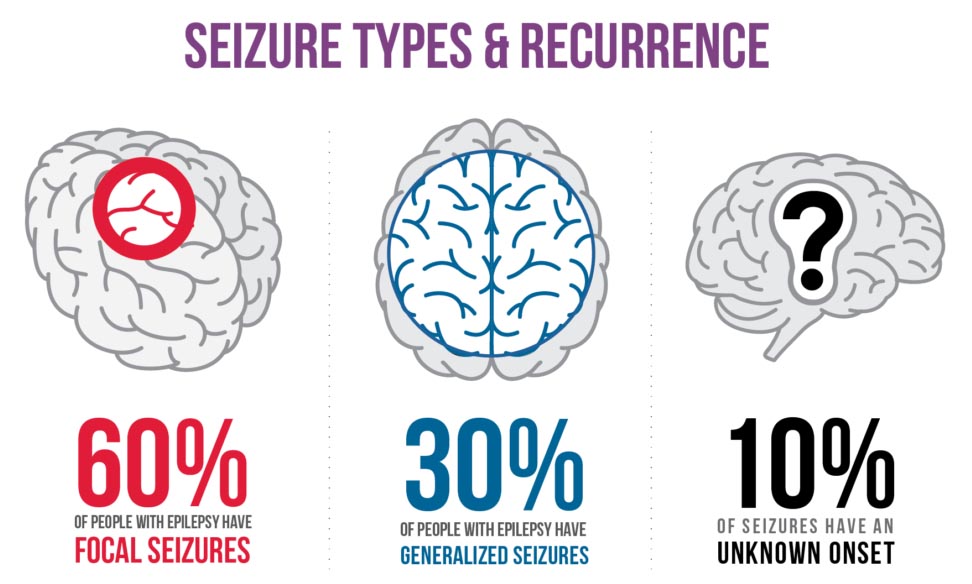 autoimmune disease
autoimmune disease- alcohol or drugs
- infection of brain
- trauma to head or brain injury
- genetic factors
- abnormality in the brain’s function
- drug withdrawal
- brain tumor
About two-thirds of all children affected with epilepsy can overcome their seizures by the time they are teenagers. However, for some children, epilepsy may be a lifelong condition. Therefore, the parents need to consult with their healthcare providers to help understand the situation and treatment of the child.
Types of Seizures
The type of seizure a child has depends on factors such as the area and extent of the brain affected. The sudden burst of electrical activity in any nerve cell in the brain can lead to a seizure. There are two main types of seizures:
- generalized seizures that affect the whole brain
- focal seizures that affect only one part of the brain
If an electrical disturbance spreads from its original location to some other part of the brain, this is called focal to a bilateral generalized seizure.
Generalized Seizures
A generalized seizure affects both sides of the brain. The child will lose consciousness and be tired after the seizure. Some types of generalized seizures are:
Absences seizure
This seizure is confused with daydreaming because it causes a brief change in the state of consciousness, and the child keeps staring in the same direction. Your child may blink their eyes rapidly or feel twitching of the face. This seizure usually lasts less than 30 seconds. When the seizure is over, the child may continue the activities as if nothing happened. This type of seizure may occur many times a day. These are sometimes mistaken for learning and behavioral problem. Such episodes start between the ages of 4 to 12.
Generalized Tonic-clonic Seizure
It is also known as a convulsion and is the most common type of generalized seizure observed in children. The arms and legs of your child’s body will flex, extend and shake. This is followed by contraction and relaxation of the muscles. The skin appears bluish, breathing can be shallow, and the teeth are usually clenched tight. This seizure usually lasts for a minute or two. When the attack is over, the child is often confused, complains of sore muscles, and falls into a deep sleep.
Myoclonic Seizure
These quick and sudden muscle jerks usually affect the neck, shoulder, and upper arms. These can be strong enough to make a child fall. Myoclonic seizures occur in clusters, meaning they may appear for several days in a row.
Atonic Seizure
It is also known as a drop attack. Your child has a sudden complete loss of muscle tone and may fall from a standing position. Such seizures can cause head injuries because of the force of falls. During this attack of seizure, the child is limp and unresponsive. It usually lasts for less than a minute.
Focal Seizures
Focal seizures occur when there is abnormal electrical brain function in more than one area of one side of the brain.
Simple Focal Seizure
The symptoms depend on the part of the brain that is affected. If abnormal electrical brain function is in the brain’s occipital lobe, then the child may experience difficulty in vision or sight. The consciousness is not lost in this type of seizure.
Complex Focal Seizure
This occurs when there is an abnormality in the area of the brain that controls emotion and memory function (temporal lobe). The child is likely to lose consciousness in this seizure. The child may look awake and has a variety of strange behaviors such as gagging, running, screaming, crying, or laughing.
Symptoms
The symptoms of epilepsy depend upon the type of seizure the child is experiencing and the area of the brain that malfunctions.
General signs and symptoms of epilepsy in children are:
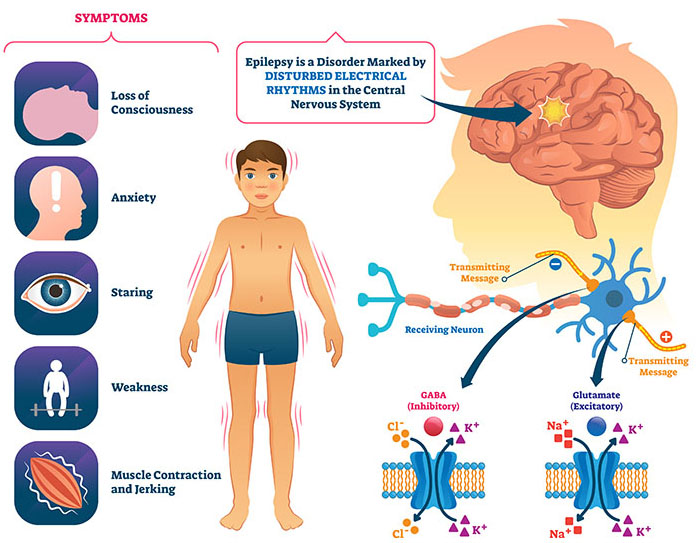 jerking movement of the arms and legs
jerking movement of the arms and legs- loss of consciousness
- staring
- breathing problems
- stiffening of body
- confusion
- muscle twitches
- loss of bowel or bladder control
- falling suddenly for no apparent reason
- rapid eye blinking
During the seizure attack, the child’s lips may become tinted blue. After the seizure, the child may be sleepy and confused. Strange behavior is also observed, so it is best to seek medical specialist help as soon as possible.
Diagnosis of Epilepsy
The diagnosis of epilepsy depends on the exhibited symptoms. The healthcare provider will examine your child’s medical history in detail, and advanced medical equipment may be employed to determine the cause.
- Electroencephalogram (EEG) helps to locate the source of abnormal electrical signals in the brain.
- Radiological imaging: computerized tomography (CT) and magnetic resonance imaging (MRI).
- Lumbar puncture: to measure the pressure in the brain and spinal canal.
- Laboratory tests such as blood and genetic material test, will reveal the cause of epilepsy.
Treatment
- Anti-seizure Medications
These medications only treat the symptoms of epilepsy by reducing the frequency of seizures. These medications should be taken regularly according to the healthcare provider’s advice. - Medical Devices
These are used to prevent and control seizures such as vagal nerve stimulators (VNS) and deep brain stimulators (DBS). - Dietary Therapies
This includes the ketogenic diet, Atkins diet, and low glycemic index treatment. - Brain Surgery
It is performed to correct the malfunction that causes abnormal electrical activity in the brain.

